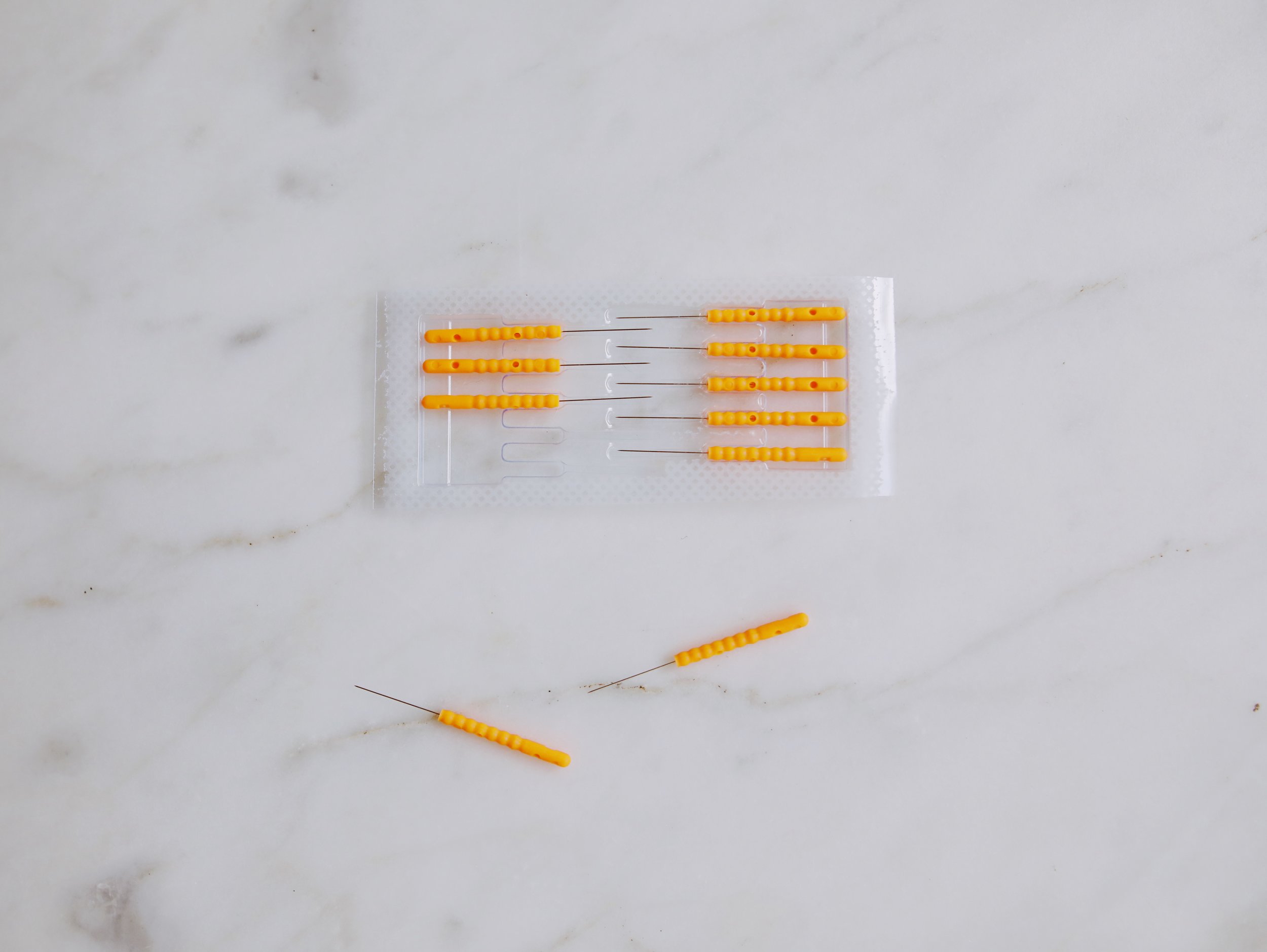Moving beyond pain management and wound care, which is often the extent of the post operative care we receive in hospitals, acupuncture and somatic body work can offer support for looking at whole mind-body integration. From routine dental surgeries to emergency cesarean sections, a good portion of the clients I see have had at least one surgery and yet many do not think it significant enough to include in their medical history, let alone feel it could be connected to their chronic headaches, insomnia or pain distant to the incision site. From the view point of allopathic surgeons and their after care plans, once the wound has healed the complaint is resolved. Acupuncture and somatic theory tell us otherwise. Below are some of note;
Integration of trauma - whether or not you were awake for surgery or remember the original incident that pre-empted surgery, your body holds the implicit (out of direct cognition) somatic memory of being immobilized and operated on. The trauma is held in the local tissues, that may have wanted to mount a self protective response but were unable to, and in a network of neural pathways in subcortical levels of the brain. These implicit somatic memories may be reawakened with direct or subconscious stimuli. This can present post-op as chronic tension, anxiety/depression/sadness, mood swings, flashbacks or ghost/phantom pain to name a few. It may also present as a lowered window of tolerance to daily stimuli such as sensory information, minor stressors, loud noises, or full work schedules as the nervous system remains in a state of self protection.
Somatic body work like SE and craniosacral are helpful for bringing gentle awareness to areas that have been operated on and provide a container for the body to unwind and release some of those self protective responses. For example, working with someone who has had surgery in the area of hips such as a hernia or cesarean, we might find shaking, heat, twitching or even impulses to kick as the fight or flight response is able to resolve and find completion.
Similarly Kiiko style acupuncture can help by stimulating the dorso-lateral Prefrontal Cortex (part of the brain the stores traumatic memories) to release the “bracing” tension from the nervous system and helps to form new neural pathways (over time) around feelings of safety and ease of mobility.
Rebalancing fascial alignment after organ removal: Surgeries to remove organs such as the gall bladder, appendix or fibroids leave an imbalance from left to right in the inner workings of the fascia through the abdomen, which can throw off the alignment and tension patterns anywhere from the deep core abdominals to the spiral lines spanning the ankles to the occiput. Based on the principals of Chinese medicine and Japanese Hara Diagnosis, these stagnant areas can eventually lead to constriction around organs and impaired function, create pain in areas distant to the incision site or lead to alignment patterns that cause strain on other joints. Even if the surgery was 30 years ago, with the right choice of treatment to counter-balance and release adhesions we can bring more ease to your facial alignment.
Speed up healing time - Acupuncture focuses on optimizing your nervous system’s autonomic responses to stress. When the nervous system is in balance, we can reduce systemic inflammation and ensure your immune responses are switched on and targeting the correct tissues. Treating local areas affected by surgery - usually with heat and moxa rather than needles - restores circulation, bringing fresh blood and nutrients to the damaged tissue to be repaired. Ultimately speeding natural healing responses and recovery time.
Release and prevents scar adhesions- Adhesions are like snags in the underlying fascia around the incision site. They present as bumps, uneven dermis, discoloration, numbness, tingling or pain on or around the scar. Scar adhesions block circulation and energy flow and have been linked to some chronic post-operative conditions like pain, headaches, and depression. Japanese Acupuncture protocols never needle the scar directly but instead around and sometimes under the scar. Heat may be used for circulation, and bringing fresh blood and nutrients to the scar site with a combination of Moxa, infrared heat and/or diode rings or ion pumping cords.
Detox anesthesia and pain management medications- Most commonly an anesthesia and/or pain meds will be administered during a procedure. These can be hard for the liver to metabolize, congest lymph, interfere with digestion and/or tax the kidneys. Kiiko style acupuncture has specific protocols for detoxing medications, reducing systemic toxicity, and restoring digestive functioning.
Aids ligament, joint and muscle function: If you had surgery on a limb, the movement patterns are affected both pre- and post-surgically due to casting/bracing/crutches/immobilization. During the recovery period, the gait and movement patterns shift to protect the affected area as it takes time to heal. The body wants to prevent any further injury, which is necessary in the short-term but gets in the way of normal function later on. Without slow re-education that "yes, it is safe to move the area again", the muscles may start to freeze in response to pain. This then creates a cascade effect of over-compensation methods throughout the body (i.e. hip hikes up during a step because knee or ankle won't bend, which then affects the low back, ribcage, shoulders and neck). Acupuncture, in line with somatic therapy, helps safely and gently stimulate the nerves to "wake up", speeding up activation of inhibited muscles and restoring alignment.
